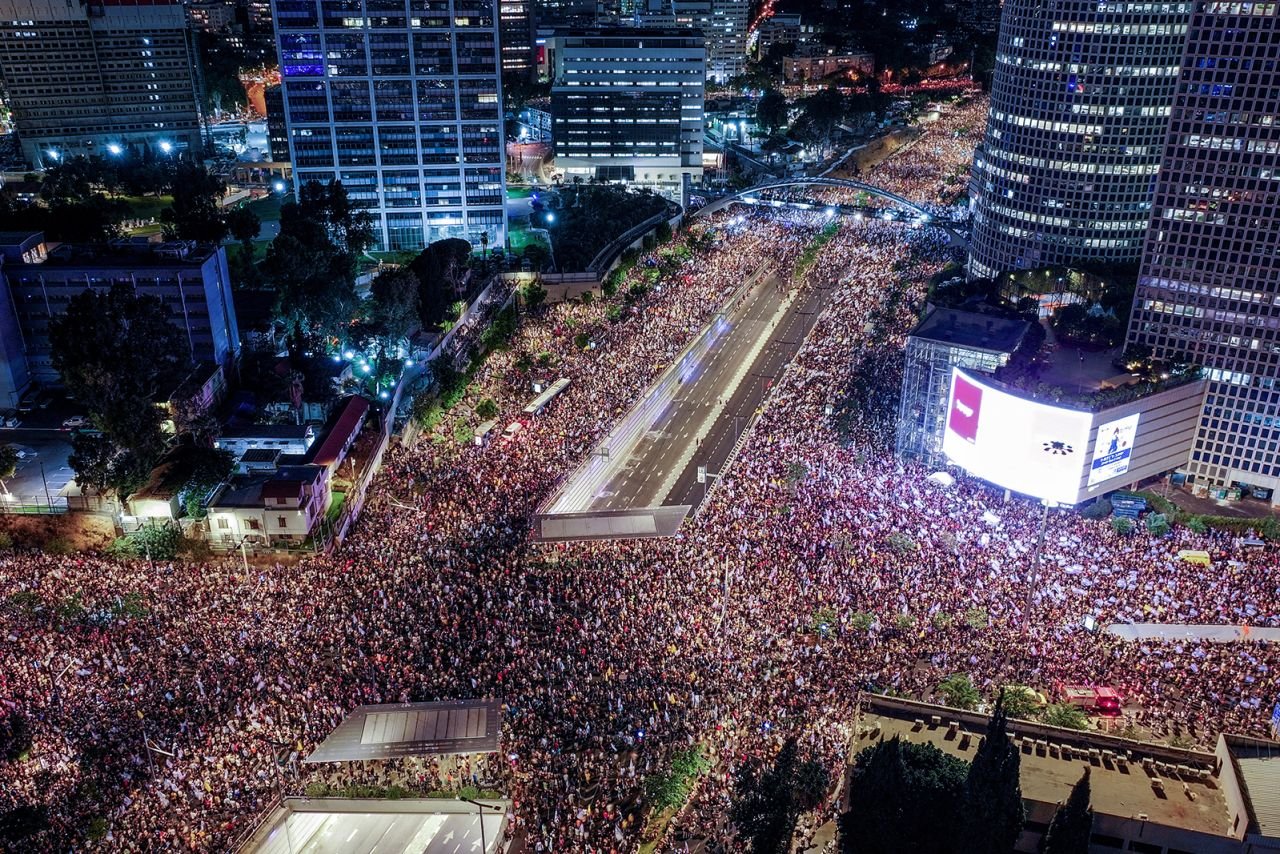Syrian rebels have declared the capital Damascus “liberated,” in effect, the collapse of the Assad family’s grip on Syria.
President Bashar al-Assad reportedly fled the country on Sunday after being in office since 2000. He replaced his father, Hafez Assad, who ruled with an iron fist from 1971 until he died in 2000.
The sudden collapse of Assad’s regime ends over 50 years of Assad family rule.
Assad’s whereabouts is unknown but reports suggest he fled Damascus before rebels entered the city.
Rebel fighters stormed key locations, including the presidential palace and the notorious Saydnaya Military Prison.
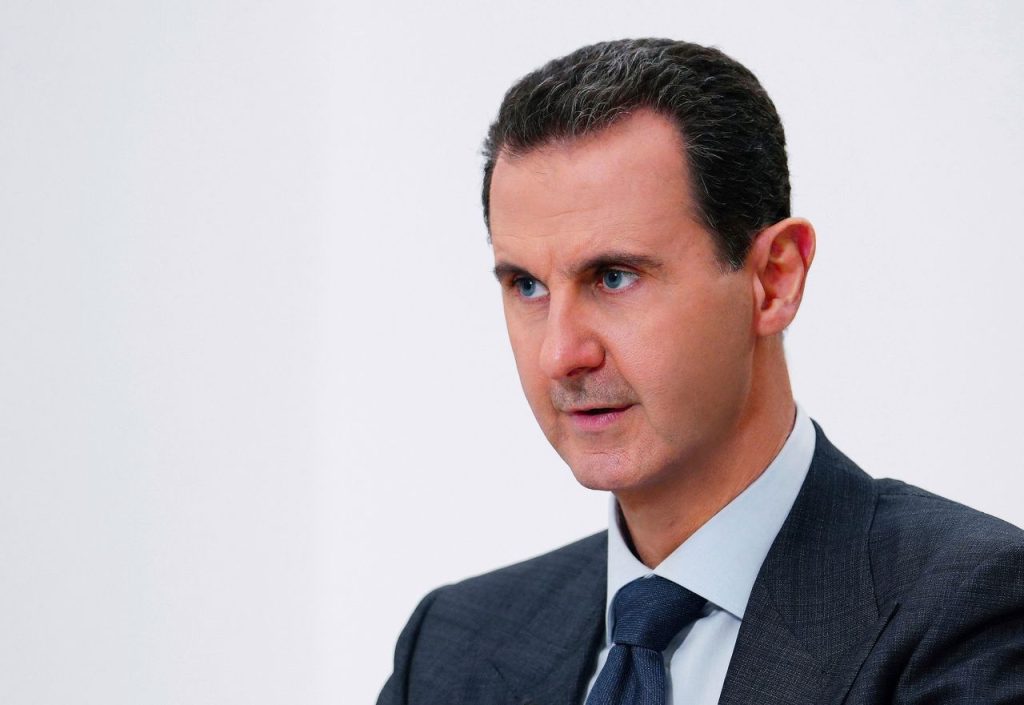
Prime Minister Mohammad Ghazi al-Jalali announced his readiness to cooperate with any leadership the Syrian people chose.
“This is a historic moment, not just for Syria but for the entire Middle East,” said Firas Maksad, a senior fellow at the Middle East Institute.
“What happens in Syria doesn’t stay in Syria,” Maksad added. He was alluding to the risks faced especially by minority communities like Alawites, Druze, and Christians, to the Islamist groups such as Hayat Tahrir al-Sham (HTS), which led the offensive.
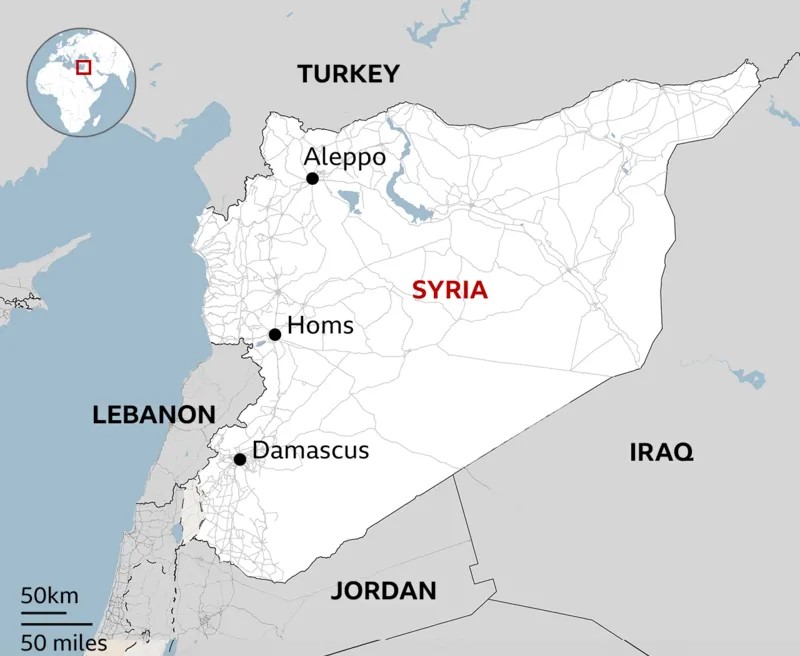
Rebel fighters also took control of state television, broadcasting victory messages and urging citizens to protect public and private properties.
Videos on social media showed some people jubilating in Damascus, Homs, and the northern commercial city of Aleppo.
Crowds chanted anti-Assad slogans, waved revolutionary flags, and toppled statues of both Hafez and Bashar al-Assad, reminiscent of the fall of Iraqi strongman Saddam Hussein in 2003.
The “Liberation” of Saydnaya Prison
The capture of Saydnaya Military Prison has become a big symbol of the rebellion. Thousands of prisoners were freed, including women and children, as rebels unlocked the doors of one of the Assad regime’s most feared facilities.
Videos showed overcrowded cells, jubilant former inmates, and families searching for information about missing loved ones.
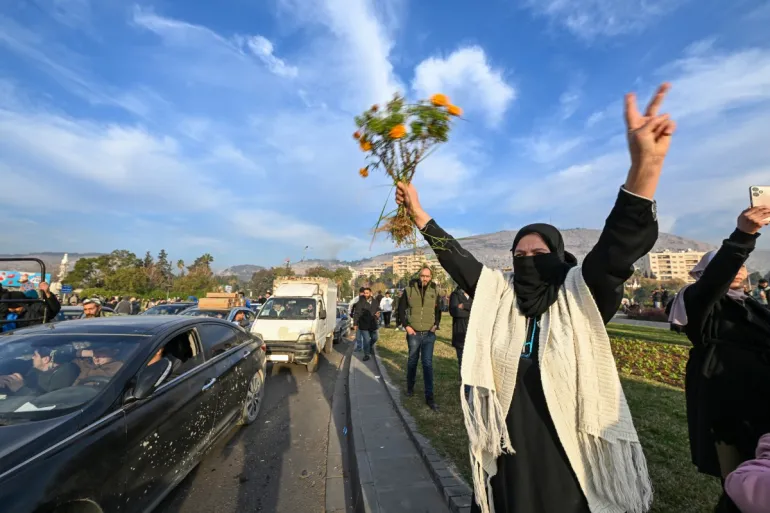
“This is more joyous than toppling the tyrant himself,” someone posted on X, formerly Twitter. Online, people shared images and names of freed prisoners, hoping for news of their relatives.
Amnesty International previously reported that as many as 13,000 people were secretly executed at Saydnaya between 2011 and 2015. However, the government has fallen, and there is no one can speak for it. It is usual during a violent change of a government that all kinds of demonization of the previous regime are promoted in order to welcome and idolize the new.
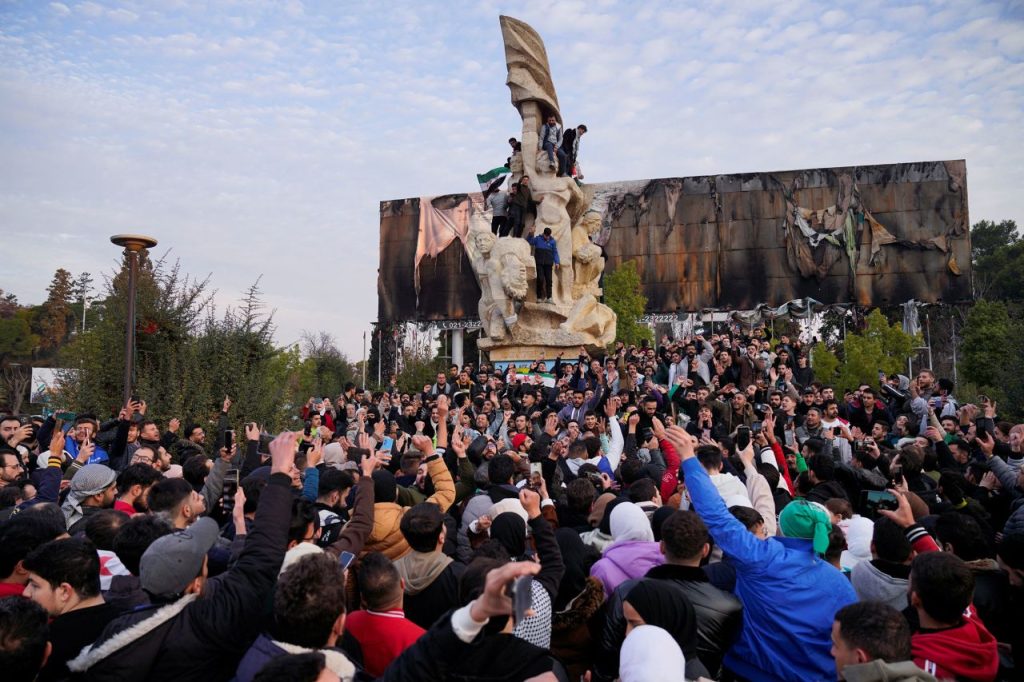
Nevertheless, Prime Minister al-Jalali, whom Assad left behind, is sounding a conciliatory note. He promised the government would ensure the continuity of public services and ensure a peaceful transition of power to the rebels.
What Next?
The fall of Assad has sent shockwaves throughout the region. Iran, a key ally of the Assad regime, saw its embassy in Damascus stormed.
The ouster of Assad has broken the Iran-Syria-Lebanon alliance in the Middle East. Iranian-backed groups like Hezbollah and Hamas are in trouble too.
Meanwhile, Russia, another Assad supporter weakened by its war with Ukraine, was incapable of helping stave off the Syrian rebels.
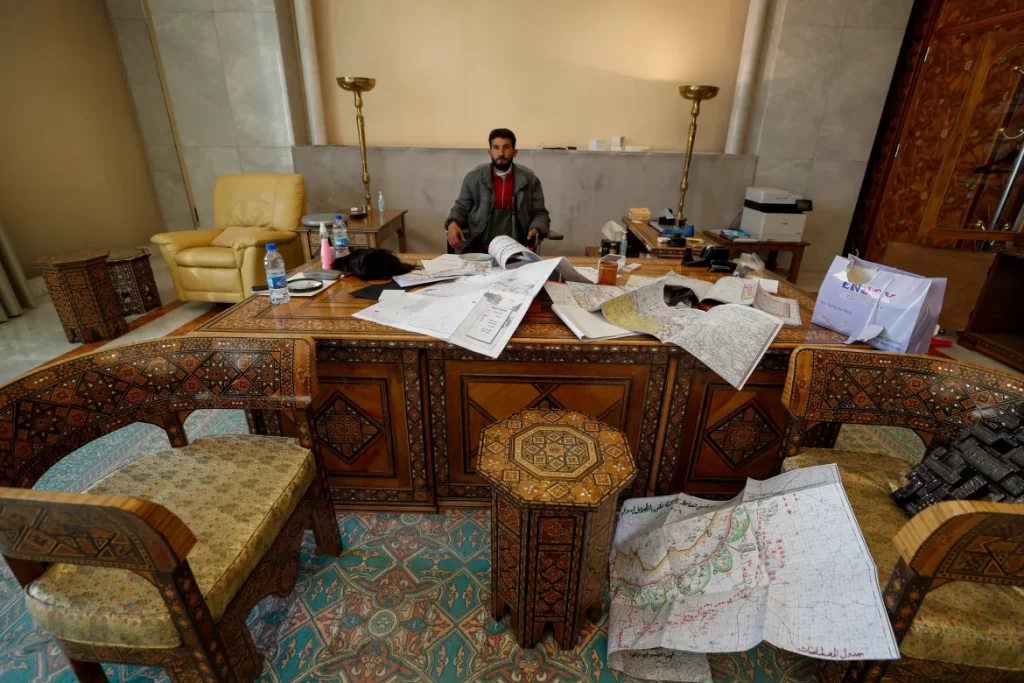
US President-elect Donald Trump seemed glad to see Assad go. It’s a “momentous victory,” he said in France yesterday as he joined world leaders for the reopening of Notre Dame Cathedral in Paris.
“Russia and Iran are in weakened states, one because of Ukraine and the other because of Israel,” Trump wrote on social media.
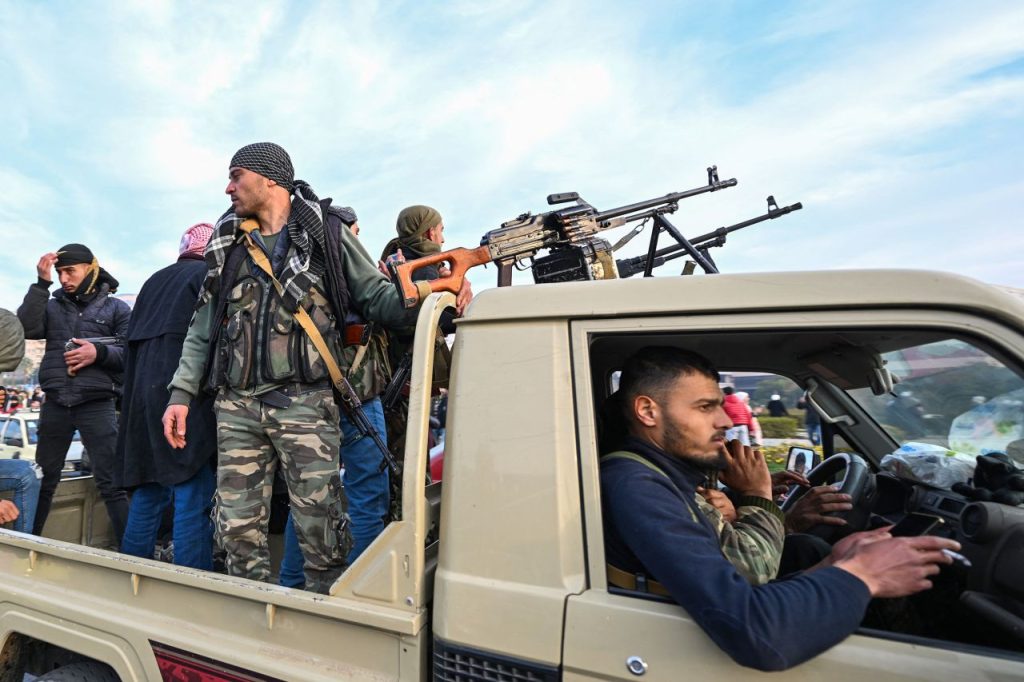
Analysts warn, however, that Syria faces an uncertain future, and it needs unity among diverse factions and tribes and international support to rebuild.
No one knows if the fall of Assad is a march towards peace in the Middle East or the beginning stage of a wider catastrophic geopolitical crisis. It all depends on the steps the new rebel government takes.
As Maksad observed, “This could be a turning point for Syria or a descent into further chaos.”
Comment, Like 👍, share this article, and Follow us on our social media handles.






